Once again, the weather models did a good job with the last forecast. It correctly predicted the cool weather pattern over the eastern Prairies, which did bring some light scattered […] Read more
1.

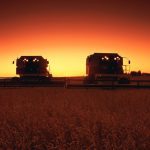
Heat, dryness take a toll on moisture levels
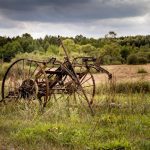
Forecast issued September 3, covering Sept. 3 to 10, 2025
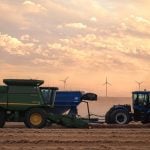
Forecast issued August 27, covering Aug. 27 to Sept. 3, 2025
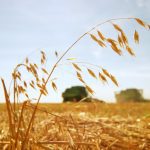
Opposite weather delays harvest operations
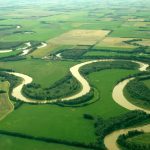
Variable crop conditions across Alberta
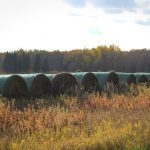
Forecast prepared August 13, covering August 13 to 20, 2025

ABP to conclude its membership with CCA, effective July 1, 2026
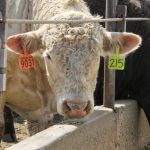

Central region crops fare best